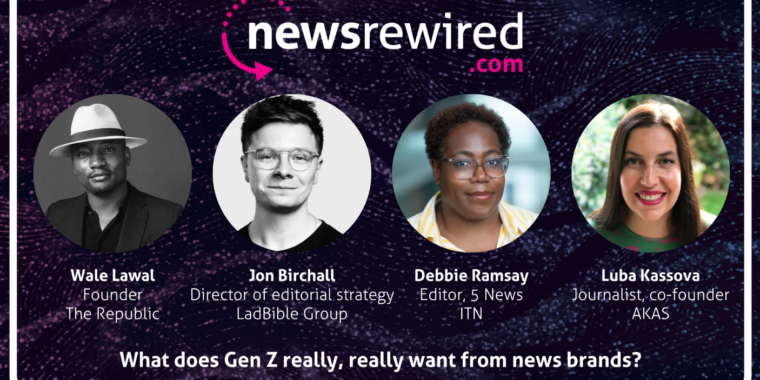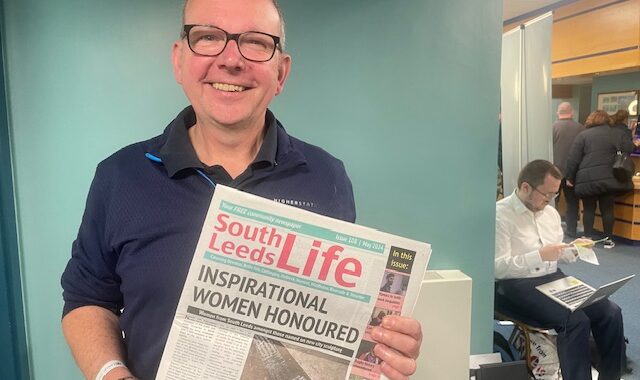Download a copy of our guide: please click here.
In recent years online social media has led to big changes in the ways we communicate with each other as friends, neighbours, colleagues, citizens, and consumers. Tools like Facebook, Twitter, Youtube, and Flickr have also, of course, prompted organisations to communicate with people in different ways, too. Professionals such as journalists, advertisers, politicians, and PR people now routinely aim to “engage” the communities they seek to influence in conversation, and to foster dialogue among the people previously simply known as their audiences.
There are many guides designed to help marketing professionals use on- and offline engagement strategies to boost sales or improve revenues. There are far fewer written to help those with more altruistic, community- or civic-minded, goals (a notable exception is the short e-book Connected: The power of modern community, by Marc Thomas, Hannah Waldram, and Ed Walker, which is both inspiring and useful). As far as we can tell there are none designed purely for community news producers.
 During our academic research into UK hyperlocal news many producers told us they’d like to devote more of their time to monitoring their audience figures and engaging more with their communities of readers. For example, in our survey of UK community journalists 28% of respondents told us they’d like to being doing more community engagement work.
During our academic research into UK hyperlocal news many producers told us they’d like to devote more of their time to monitoring their audience figures and engaging more with their communities of readers. For example, in our survey of UK community journalists 28% of respondents told us they’d like to being doing more community engagement work.
Many also told us they feel they lack the knowledge and experience to do this properly. So we thought we’d try to help by interviewing community journalists and professional communicators who already have lots of relevant experiences, and distilling what they told us in a handy guide.
It aims to help community news publishers identify, engage, and maintain relationships with, and between, people in their communities. It’s based on 19 interviews with community website practitioners and experts in the UK and America, as well as a number of pre-existing guides to social media, marketing, and running community websites. The guide also draws on the insights we’ve gained from studying UK hyperlocal news as part of a 2-year research project which included a large analysis of hyperlocal news content, the largest ever survey of UK hyperlocal news producers, and a further 37 interviews with practitioners.
The guide is split into three parts based on the community building and engagement principles of listening, engaging, and monitoring.
Part 1 – “listen” concerns strategies for setting up a community website, finding and audience, and beginning to build a community around a website.
Part 2 – “engage” focuses on engaging with a community both online and off. It covers such topics as the production of engaging content, using causes to generate content and engage a community, and using social media to engage an audience.
Part 3 – “monitor” highlights and explores what tools can be used to analyse the use of a community website and social media, and details how to put the statistics produced to best use.
We certainly identified a need for a guide like this when working with hyperlocal news producers in the UK, but one of our other strong findings was that many community journalists are very busy people who are often incredibly short of time. For instance, our survey also found that 72% of community journalists think that a lack of time is stopping them from expanding their operations. Most of the hints, tips, and tricks discussed in this guide will take time and effort to implement. Some of them will take lots.
But the advice we’ve included all comes from people who’ve thought carefully about their community engagement work, and have tested and experimented with lots of tools and techniques. We hope that by drawing on their expertise and summarising their stories we can save you some time in the long run.
This guide is not a list of hard and fast rules, however. Some community news producers will not be interested in any of these suggestions; some may only find a few of them useful; others may learn a great deal. If you like any of what you read, please feel free to pass on the link. If you don’t like it, please do get in touch and tell us why.
Download a copy of our guide: please click here.
Joe Cable and Andy Williams
Image accompanying this article is copyright Stephanie Chapman.




